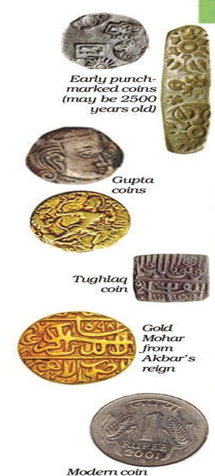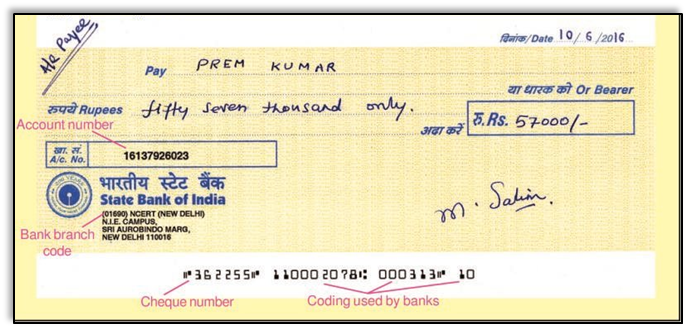- Books Name
- Understanding Economic Development Class-10
- Publication
- PathSet Publications
- Course
- CBSE Class 10
- Subject
- Economics
TYPES OF MONEY
- Money has been used in different forms.
- Since the very early ages, Indians used grains and cattle as money.
- Thereafter came the use of metallic coins — gold, silver, copper coins — a phase which continued well into the last century.
- However, the modern forms of money include currency i.e. paper notes and coins.
- The government of the country authorizes it.
- In India, the Reserve Bank of India issues currency notes on behalf of the central government. As per Indian law, no other individual or organisation is allowed to issue currency.
- Moreover, the law legalises the use of rupees as a medium of payment. This implies that no individual in India can legally refuse a payment made in rupees. Hence, the rupee is widely accepted as a medium of exchange.

- Money is also stored as deposits in the bank.
- People sometimes save surplus money in the form of deposits by opening an account with a bank. The deposits are accepted by banks. Banks even give interest on these deposits.
- People can withdraw their money at any point in time from the bank. Since it can be withdrawn from banks on demand; they are also called demand deposits.
- People can make payments directly through their bank account using cheques. For payment through cheque, the payer who has an account with the bank makes out a cheque for a specific amount. A cheque is a paper instructing the bank to pay a specific amount from the person’s account to the person in whose name the cheque has been issued. Here is a picture of a cheque.


 PathSet Publications
PathSet Publications
